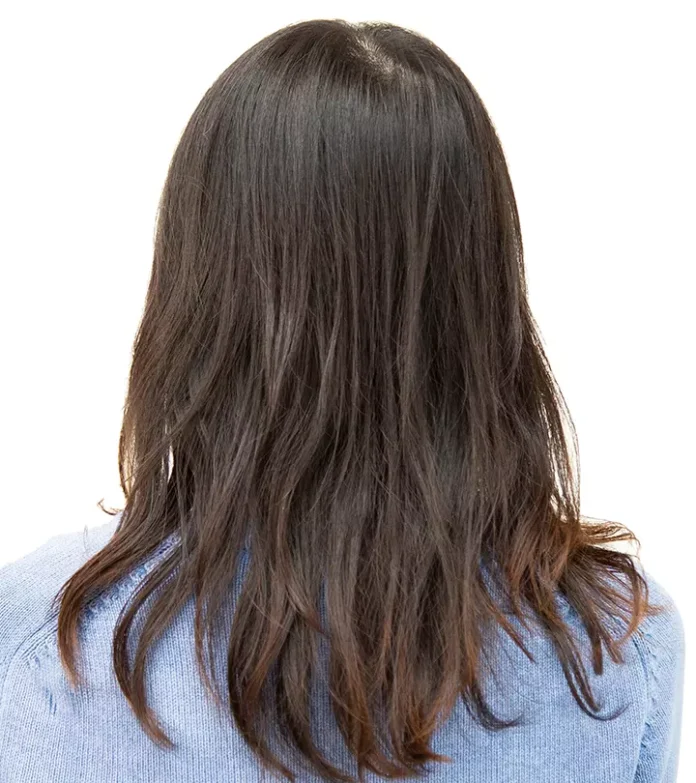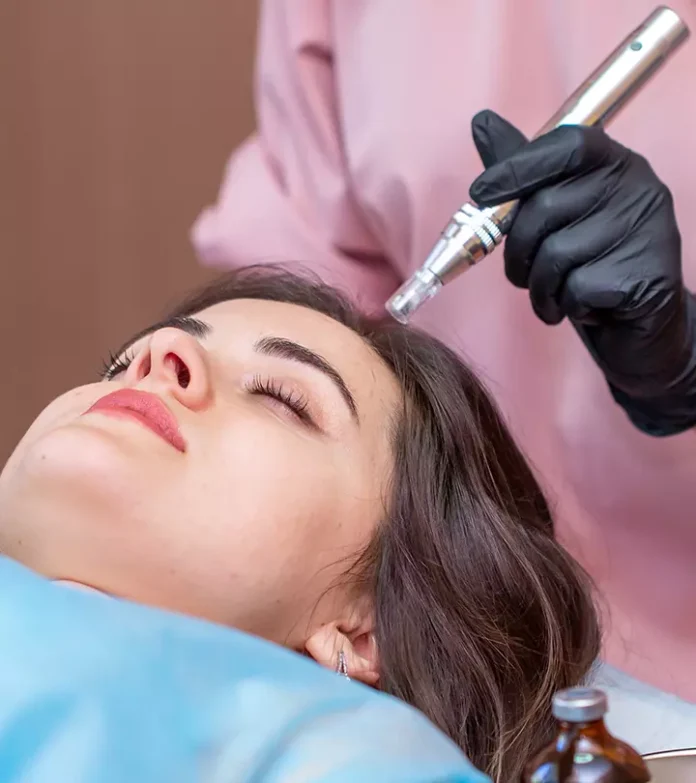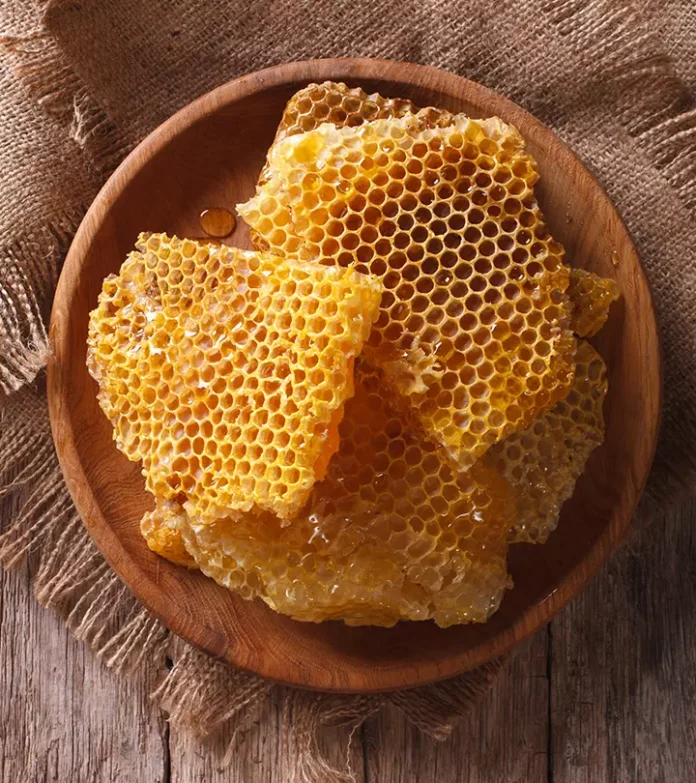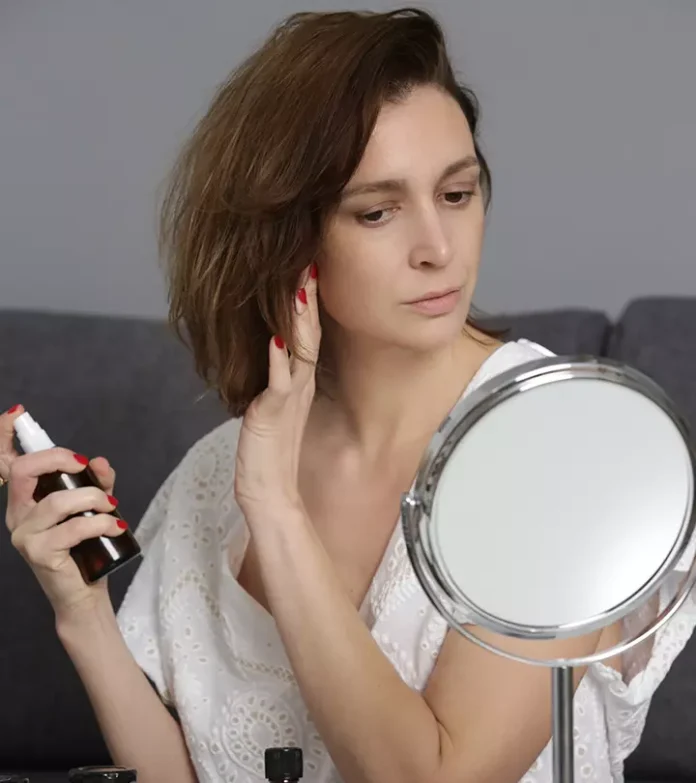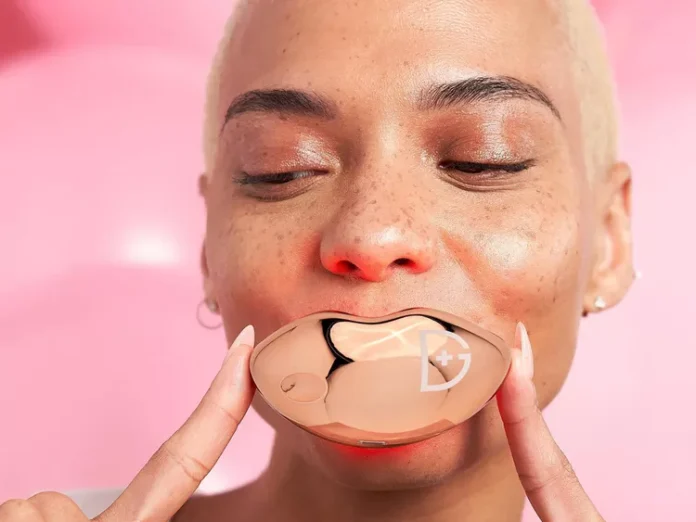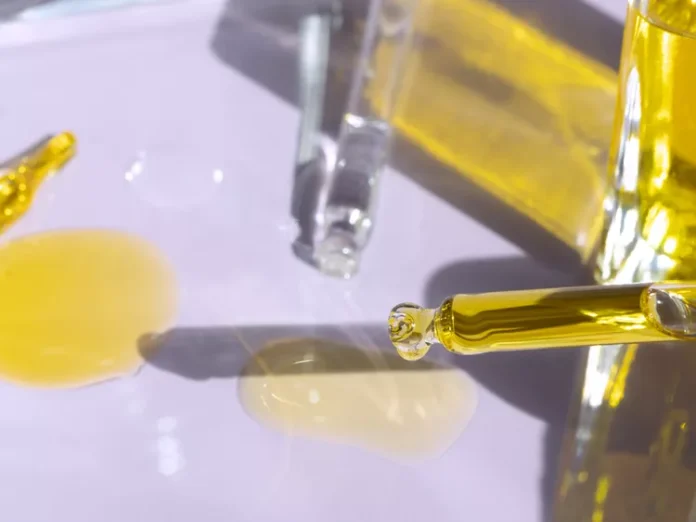Hey there! If you’re reading this, chances are you’ve either gone a little wild with your hair dye or are just looking for a change. Either way, bleaching out blue dye can be a bit of a challenge, but don’t worry! With the right products and a little patience, you can get your hair back to its natural or desired color. Here’s a step-by-step guide to help you along the way.
Before we dive into the process, it’s important to note that bleaching your hair can cause damage, so it’s essential to take proper care of your locks both during and after the bleaching process. Also, it’s always a good idea to do a strand test before attempting to bleach your entire head to ensure there are no allergic reactions or unexpected results.
Okay, let’s get started!
Step 1: Prepare Your Hair
Before you begin bleaching, make sure your hair is in good condition. If your hair is dry or damaged, it might be a good idea to get a trim or use a deep conditioning treatment to nourish your strands. This will help minimize damage during the bleaching process. Also, avoid washing your hair for at least 24 hours before bleaching to allow your natural oils to build up and provide some protection.
Step 2: Choose the Right Bleach
Select a high-quality bleach that is specifically designed for removing hair dye. Look for a bleach with a high volume of peroxide, as this will be more effective in lightening the blue color. It’s also a good idea to choose a bleach that contains conditioning agents to minimize damage. Follow the instructions on the packaging and mix the bleach according to the manufacturer’s directions.
Step 3: Protect Your Skin and Surroundings
To prevent bleach from coming into contact with your skin, apply a thick layer of petroleum jelly or a barrier cream around your hairline, ears, and neck. You might also want to wear an old t-shirt or a cape to protect your clothing from any potential bleach splashes. Make sure to work in a well-ventilated area to avoid breathing in the fumes.
Step 4: Apply the Bleach
Section your hair and start applying the bleach to the blue-dyed areas. Use a comb or a brush to distribute the bleach evenly from root to tip. Be careful not to over-bleach certain areas, as this can lead to uneven lightening. Leave the bleach on for the recommended time, which usually varies depending on the strength of the bleach and the condition of your hair.
Step 5: Rinse and Neutralize
Once the bleach has done its job, rinse your hair thoroughly with lukewarm water until the water runs clear. Then, use a neutralizing shampoo or a color-safe shampoo to remove any remaining bleach and balance the pH of your hair. This will help prevent further damage and make your hair feel more manageable.
Step 6: Condition and Deep Treat
After bleaching, your hair will likely be dry and brittle. Use a good quality conditioner or a hair mask to nourish and hydrate your strands. You can also use a leave-in conditioner or a hair oil to add extra moisture and shine. Deep conditioning treatments will help restore your hair’s health and strength.
Step 7: Wait and assess
Give your hair some time to recover before attempting to dye it again. This will allow your hair to regain its natural elasticity and strength. You may also want to consider using a purple or silver shampoo to help remove any yellow or brassy tones that might have been left behind by the bleaching process.
And that’s it! With these steps, you should be able to successfully bleach the blue dye out of your hair. Remember, everyone’s hair is different, so the results may vary. If you’re not satisfied with the outcome, or if you have any concerns about the bleaching process, it’s always a good idea to consult a professional hair stylist. They can provide personalized advice and ensure the best results for your specific hair type and condition.
Good luck, and have fun with your new hair color! If you have any questions or need further tips, feel free to leave a comment below. Have a great day! 😊




